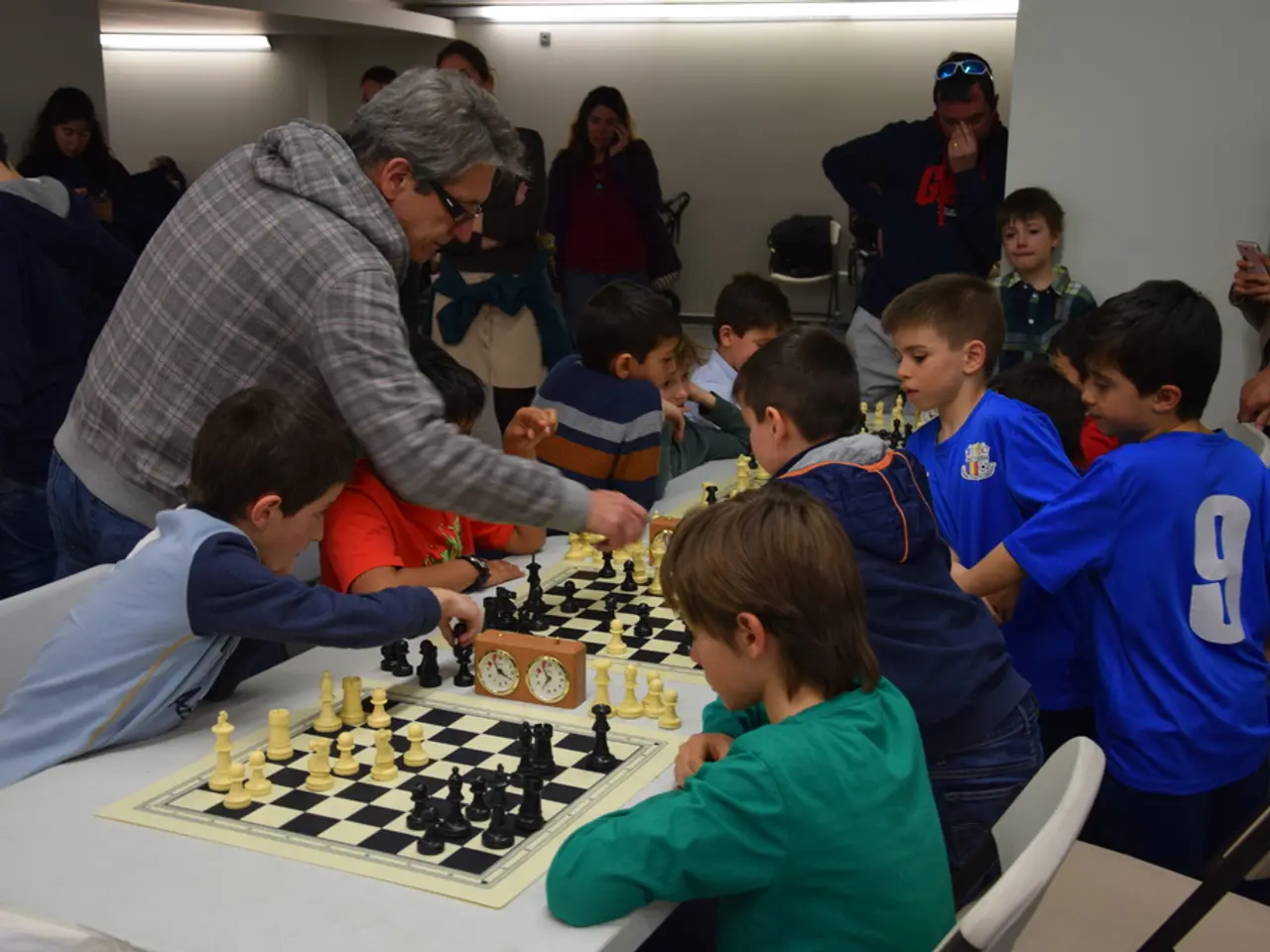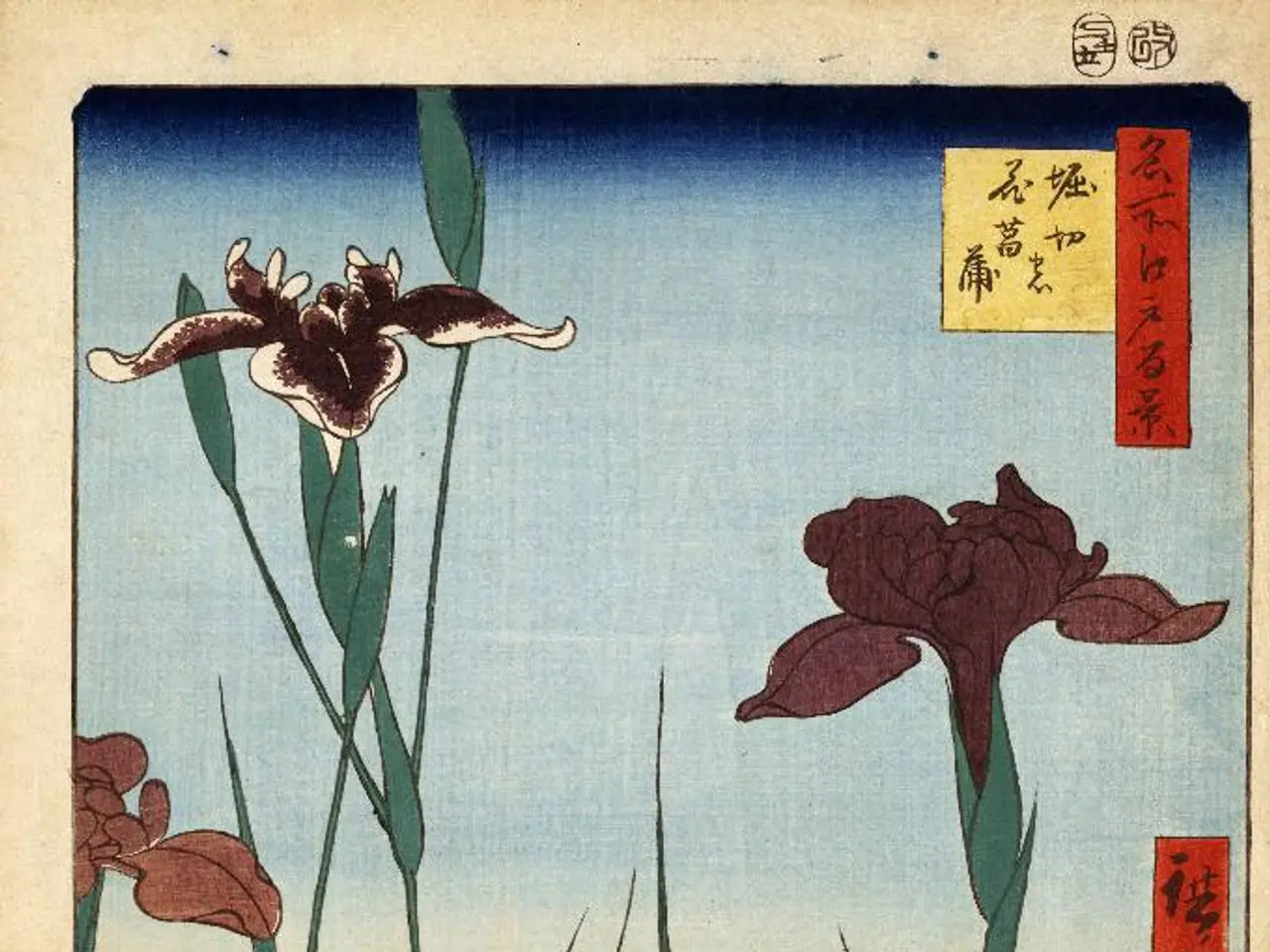Mastering the Art of the Age-old Chinese Strategy Game: Go
In the realm of strategic board games, two titans stand out: Go and Chess. Despite their shared origins, these games offer distinct experiences that stem from their fundamental differences in objectives, rules, and board dynamics.
Go, an ancient board game originating from China over 4,000 years ago, is played on a much larger board (commonly 19x19 grid) using identical stones (black and white), whereas Chess uses a smaller 8x8 board with distinct pieces having different powers and roles.
The objective in Go is to control more territory on the board by surrounding empty points and capturing opponent stones, contrasting Chess's aim to checkmate the opponent’s king, a single decisive target. The gameplay in Go is fluid, with players placing stones alternately on empty intersections and gradually building influence across the board. Chess, on the other hand, involves moving distinct pieces with complex movement patterns, including capturing and special rules like castling and en passant.
Go's simplicity in rules contrasts with its deep strategic complexity. Players focus on long-term influence and pattern building, balancing attacking, defending, and controlling territory simultaneously. In contrast, Chess strategy revolves around piece development, control of key squares, tactical maneuvers, and direct attacks on the king. It has well-established openings, middle game tactics, and endgame theory.
Go has a fluid, organic progression, with moves affecting the entire board's balance, and no forced piece capture besides removal by encirclement. Chess has a more structured progression, with phases (opening, middlegame, endgame) and forced responses to threats and checks against the king.
The Go handicap system allows players of different skill levels to challenge each other meaningfully, unlike Chess where beginner advantages can be harder to balance. Regular practice on smaller boards (9x9 or 13x13) can help in developing key tactics and recognizing life-and-death situations faster.
Engaging with local Go clubs or online platforms for game reviews, discussions, and incentive to improve is highly recommended. Analyzing your games to identify mistakes and better moves can help deepen your understanding of the game, as advanced players often study professional games to gain insight into strategic patterns and global board thinking.
In summary, Go emphasizes territory control and subtle global influence with uniform pieces and simple rules creating immense strategic depth, whereas Chess focuses on complex piece dynamics, tactical combinations, and king safety on a smaller, more tactical battlefield. These differences lead to radically distinct gameplay experiences and strategic approaches. The unique challenge and experience offered by Go's simple rules paired with profound complexity make it a captivating choice for those seeking a strategic board game experience.
Home-and-garden enthusiasts might find a distinctive liking for Go's aesthetics, as the game's board, much like a well-manicured garden, necessitates a balance between control, targeted growth, and maintaining harmony among identical elements. Conversely, the dynamic, ever-evolving lifestyle of a chess grandmaster mirrors the strategy and unpredictability inherent in home-and-garden decorating projects, with distinct pieces moved purposefully to capture, enhance, or protect key areas.




